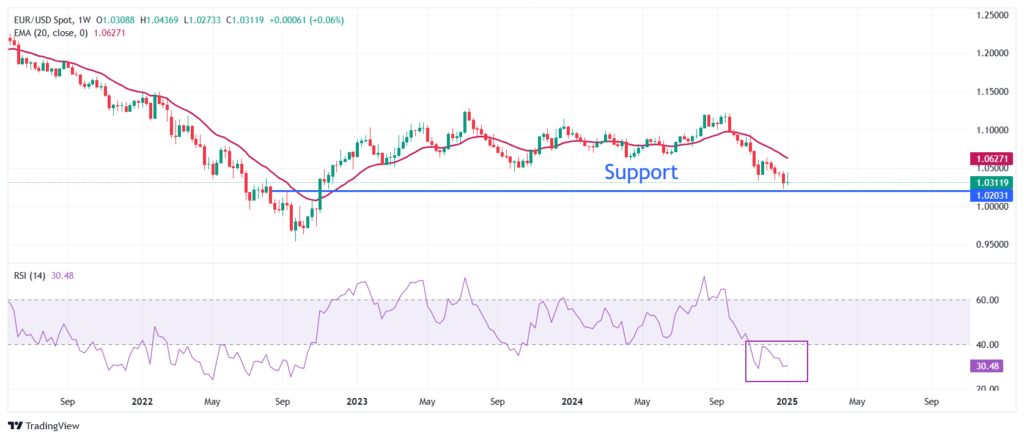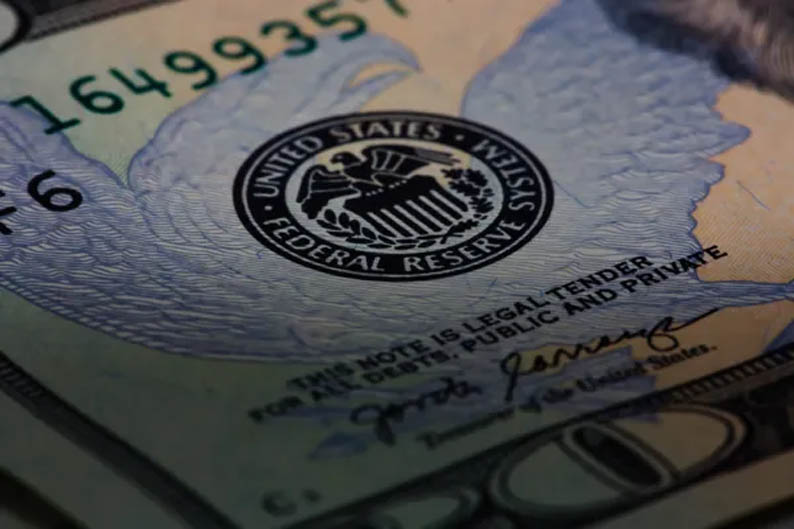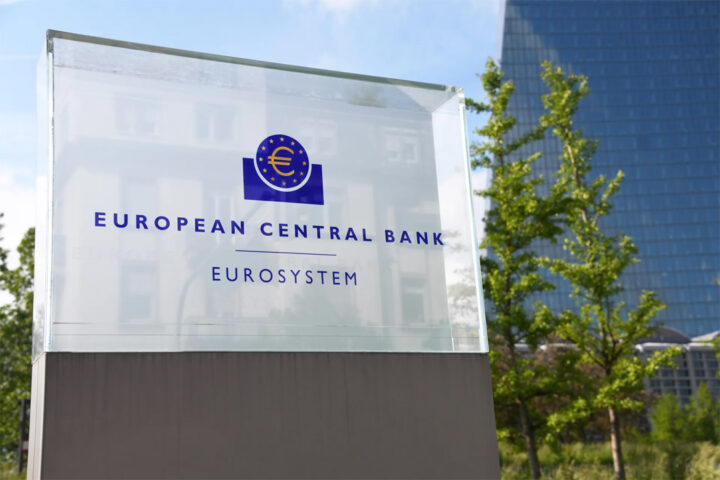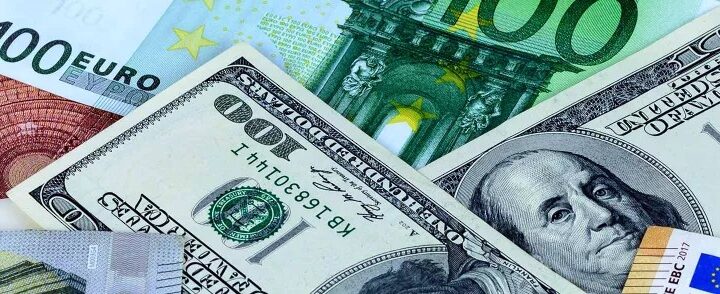The EURUSD currency pair moves lower below 1.0300, but remains within inside Wednesday’s trading range in Thursday’s European session.
The Euro exhibits a mixed performance against other peers as an expected growth in the Eurozone preliminary Harmonised Index of Consumer Prices (HICP) data for December has pushed back expectations that the European Central Bank will cut its Deposit Facility by a larger-than-usual pace of 50 basis points in the upcoming policy meeting.
The ECB will continue easing its monetary policy at a usual pace of 25 bps amid a weak economic outlook. ECB officials are confident that interest rates will return to the neutral rate by summer, which is approximately 2%.
On Wednesday, ECB policymaker and Governor of the Bank of France Francois Villeroy said that price pressures were expected to tick higher in December but that interest rates will continue heading towards the neutral rate “without a slowdown in the pace by summer” if the upcoming data confirm that the “pullback in price pressures won’t continue”.
The major currency pair faces pressure as the US Dollar moves higher, with the DXY Dollar Index, which tracks the greenback’s value against six major currencies, aiming to revisit the two-year high of 109.53.
The dollar rises as Federal Open Market Committee (FOMC) minutes for the December policy meeting signaled that policymakers are cautious about further policy-easing since the disinflation trend progress has stalled.
“Participants expected inflation to keep moving toward 2%, but effects of potential trade and immigration policy changes suggested that the process could take longer than previously anticipated,” the FOMC minutes showed.
On Tuesday, Atlanta Federal Reserve President Raphael Bostic also warned that price pressures will likely face bumps in its path towards the central bank’s target of 2%.
Bostic said he believes that the policy approach should be more “cautious”, because “we don’t want to overreact to any one data point in an environment where things may bounce around considerably.”
Going forward, the shared currency pair will be guided by President-elect Donald Trump’s plan to declare a national economic emergency, aiming to provide legal reasoning for the possible increase in import tariffs on the nation’s allies and adversaries.
On the economic front, investors will focus on the U.S. Nonfarm Payrolls (NFP) data release for December on Friday. The official employment data will influence market expectations about when the Fed will deliver its first interest rate cut of the year.

EURUSD chart by TradingView
(Source: OANDA)







